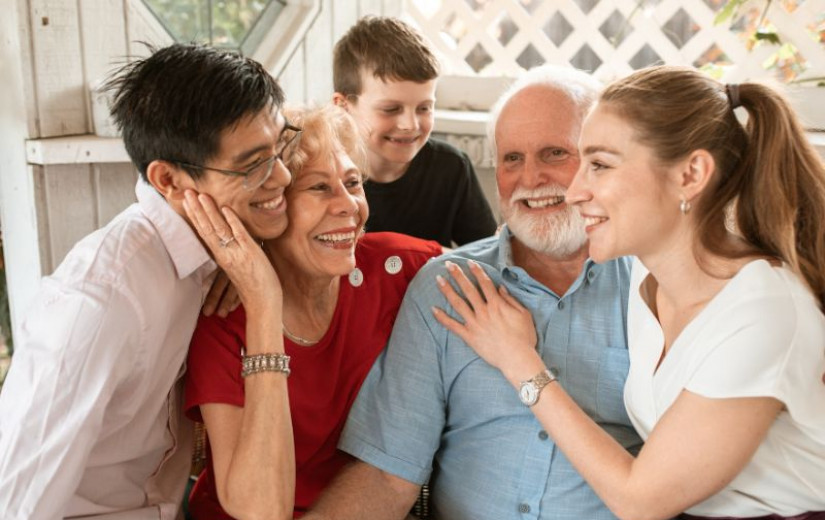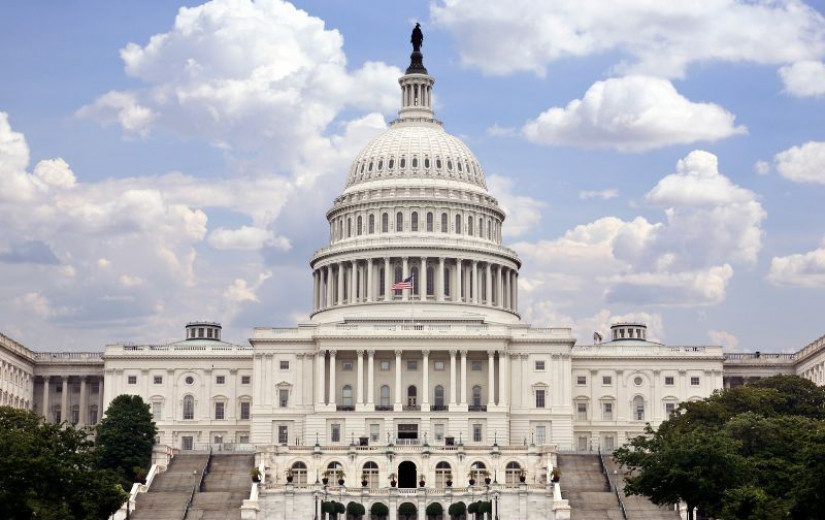
Beginning in September 2024, the Academic Advising Center (AAC) began its transition into two units — the Navigate Hub for Exploring Students (NHES), led by Julia Vincent, and Campus Advising Solutions (CAS), led by Ashley Glenn — to streamline and simplify student access to services.
This is part of a larger project to restructure student services under Senior Vice President and Provost Mitzi Montoya.
Leading transition
The Navigate Hub continues the AAC’s role, focusing on students’ academic pathways toward declaring a major. It offers tools for major exploration and developing academic success plans.
Karen Paisley, assistant vice president for academic affairs and senior associate dean for Undergraduate Studies, is helping guide the advising transition.
In an email statement, she attributed efficiency as one of the reasons behind the reorganization.
“A lot of folks didn’t know that campus-wide training and development lived in the Academic Advising Center, and they didn’t know that that is where academic standards were administered from,” Paisley said. “So the notion of splitting those into two different units was to say: ‘These are the people who work with exploring students.’ They’re frontline advising, scheduling appointments, doing those things.”
Paisley said that, unlike the Navigate Hub, CAS focuses on training and program development, as well as helping advisors make interactions with students more consistent and beneficial.
“These folks in Campus Advising Solutions are doing different kinds of work that isn’t necessarily seeing students face to face, but it’s putting systems and structures in place to support work across campus,” she said.
The roles of advisors
Paisley also works with the Academic Advising Standards Council, a conduit for identifying and proposing solutions for campus-wide issues. While the council has existed since 2023, its role in student advocacy has grown in importance.
For example, the council, in cooperation with the Office of the Registrar, recently succeeded in securing faster grade submissions, giving students more time to plan future semesters.
“Shortening the amount of time between when classes end and when students can see their grades … [was] a challenging conversation because faculty like having a lot of time at the end of a semester to grade students,” Paisley said. “So that was a major shift.”
Maddie Miller, a senior advisor for the undergraduate kinesiology program at the College of Health, explained the roles an advisor plays for students and why streamlining initial connections can be beneficial.
“We see stuff like exploring students, academic standards, finalizing semester schedules, petitions and appeal letters,” Miller said. “I also provide a ton of referrals for students based on their current needs, wants, goals and interests.”
She discussed the value advisors bring to the overall functioning of the campus.
“Advisors mostly serve as the front lines of university connection and navigation for students,” Miller said. “We may not always have all the answers, but we have become seasoned at learning how to find them.”
A new system
Part of the reorganization aims to address high demand during peak advising periods — when students finalize schedules and declare majors.
“I think expanding the number of advisors on campus — increasing staff as a resource — would be beneficial for students and accessibility of advising,” Miller said. “I would much rather see week of availability for students in need but that isn’t always possible with our current student-to-advisor ratio at the U.”
She also said that the general advising team at the U provides resources to keep advisors informed about policies and best practices, enabling them to better support students.
Similarly, Paisley highlighted the importance of supporting advisors with professional development and supervision to foster those same lasting connections.
“We know when students build relationships with advisors, they’re more likely to persist and complete,” Paisley said. “When we make that more consistent, folks are more likely to stay in the places where they are, which is better for everybody in terms of building those durable relationships.”
About the Contributors

(he/him) Teetad was born in St. Louis and raised in Salt Lake City. He’s currently studying strategic communications with a minor in business at the University of Utah. He began working for The Daily Utah Chronicle in the fall of 2024 as a news writer to pursue his interest in content creation and journalism. He enjoys hiking, writing music and reading books.

(she/her) Cece’s at the U studying graphic design and animation. She’s been on the design team since 2023, and is delighted to be working with such creative individuals here at The Chronicle. Although originally from Mesa, Arizona, she has been loving the gorgeous scenery and fun activities that Utah has to offer. Besides design, she enjoys drawing, learning dance choreos and exploring the mountains.










